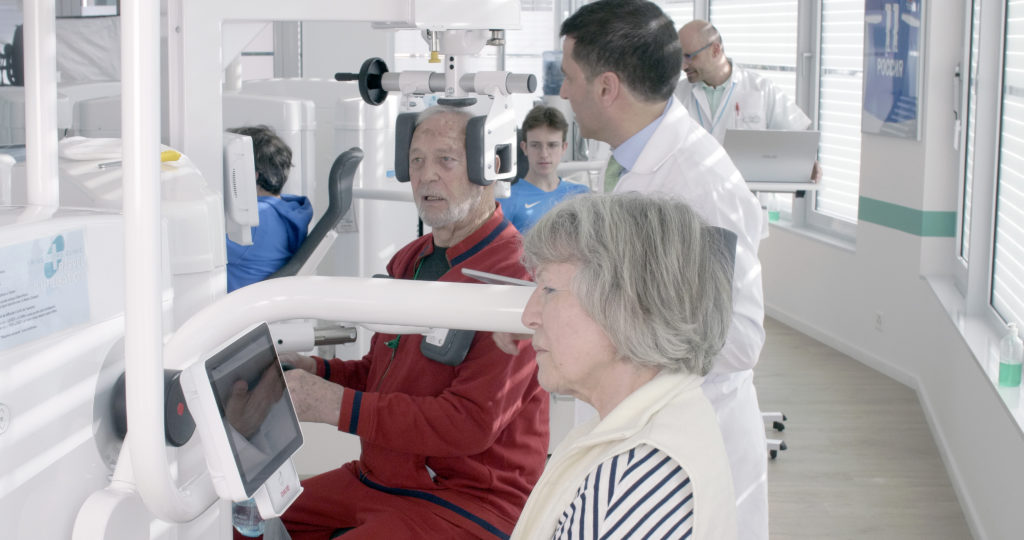With the rise of office work and the ubiquity of screens, many people now spend the majority of their days sitting in front of a computer. Although this position may seem harmless, it can have repercussions on health, particularly for the spine and back muscles. A lack of muscle strengthening and regular mobilization in this area can lead to osteoarticular problems, ranging from chronic pain to long-term injury.
Common problems associated with a sedentary lifestyle in the office
1. Low back pain: It’s one of the most common problems for people with sedentary jobs. According to the World Health Organization (WHO), nearly 80% of adults will suffer from low-back pain at some point in their lives.
2. Neck pain: Spending hours in front of a screen often results in poor posture, especially with the head bent forward, causing neck and shoulder strain. A study published in the Journal of Physical Therapy Science reveals that 45% to 70% of computer users suffer from neck pain.
3. Pain caused by rolled shoulders: A slumped posture, with shoulders rounded forward, can lead to restricted mobility and pain in the shoulder and upper back region.
4. Herniated disc: The American Association for Orthopaedic Surgery (AAOS) estimates that 2-3% of the world’s population suffers from herniated discs at some point in their lives. A sedentary lifestyle plays a major role in the development of herniated discs.
According to INRS (Institut National de Recherche et de Sécurité), musculoskeletal disorders (MSDs) account for over 80% of occupational illnesses in Europe, and sedentary work is one of the main causes.

The importance of strengthening to prevent neck and back pain.
The muscles of the back, including the erector spinae, rhomboids, trapezius and deep muscles such as the transversus abdominis, play a key role in maintaining correct posture and protecting the spine, minimizing the risk of back and neck pain. If these muscles are weak, the body tends to adopt harmful compensatory postures. Here’s why it’s crucial to strengthen every part of the back:
- Prevention of chronic pain: A strong back reduces pressure on intervertebral discs and joints. Strong muscles support the spine.
- Improved posture: Well-balanced back muscles facilitate the adoption of an upright, dynamic posture, essential for preventing neck and shoulder pain, as well as postural syndromes.
- Protection against injury: By strengthening not only the superficial muscles, but also the deep ones, we create a real framework around the spine, reducing the risk of injuries such as herniated discs.
Our tools for diagnosing and treating muscle weakness
At the Dr.E. Center, we use innovative technology to accurately assess muscular weaknesses, among others, in the back and cervical region. These devices measure the strength and balance of different muscle groups, enabling us to detect specific imbalances or deficiencies. Based on the results, we can create personalized prevention and treatment programs that include targeted strengthening exercises, helping to prevent desk posture-related pain.
When we measure and work objectively on strengthening, we’ll have measurable results that help prevent pain and injury related to desk posture.
Conclusion
Imbalance, lack of muscle strength and poor posture can have major implications for pain.
Strengthening back and neck muscles is a priority for anyone who spends long hours in front of a screen. This, combined with good ergonomic practices and regular breaks, can significantly reduce the risk of developing osteoarticular problems. Statistics show that back and neck pain affect a large majority of the working population, but with a conscious effort to maintain a strong, flexible back, it is possible to prevent these conditions and ensure a better quality of life.
